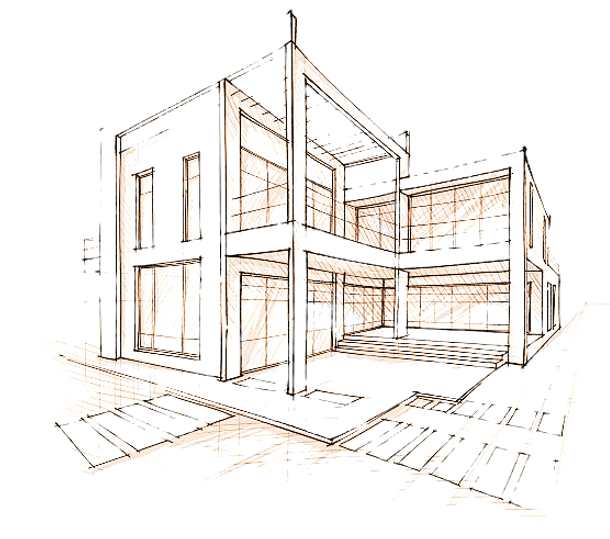
.png)
Buildings viewed up close by VG Expert
Your partners in construction expertise
Assistance VO in private and communal & Expertise construction errors and damage, also problems with contractors and architects, misleading sale of a home, technical advisor in legal proceedings, etc.
Please call or email us - 0472 59 18 98

Assistance VO in private and communal & Expertise construction errors and damage, also problems with contractors and architects, misleading sale of a home, technical advisor in legal proceedings, etc.
Please call or email us - 0472 59 18 98
En lees wat anderen zeggen over mijn aanpak en expertise.
WHAT IS ASBESTOS
STRONG NATURAL PRODUCT
Asbestos is a collective name for a number of naturally occurring minerals that are made up of fine microscopic fibres. It comes from the Greek word 'Asbestos' which means indestructible. It is a mineral that is mined in South America and Russia, among other places.
Due to its properties as strong, wear-resistant, insulating, fire-retardant and the product was cheap, it has been widely used in homes and buildings. As of 1 July 1993 it is prohibited to process, process or stock asbestos or products containing asbestos.
TYPES OF ASBESTOS
Asbestos can be subdivided into serpentine (woolly, chrysotile) and amphibole (needle-shaped, other types of asbestos). The three most common types are white (chrysotile), brown (amosite), and blue (crocidolite).
Furthermore, the material can be divided into bonded and loosely bonded material. Bonded material, in which the fibers are firmly anchored (for example an intact cement board). Loosely bound material, this material quickly releases fibers, the asbestos is minimally anchored (for example sprayed asbestos, cord).
WHERE CAN ASBESTOS BE LOCATED?
For this we have a beautiful interactive home made with which you can immediately see where asbestos may be located.
RECOGNIZING ASBESTOS
There is no complete list available that includes all products containing asbestos. An asbestos remover or inspector of an inventory bureau recognizes material suspected of asbestos through experience and often the following characteristics; the color (light grey), structure material (fibre structure and honeycomb pattern) and the field of application.
However, an asbestos remover or an inspector will not only make a statement by means of a visual inspection whether the product actually contains asbestos. For this, a sample will be taken and analyzed by an accredited laboratory. Subsequently, a material identification report is drawn up in which both the percentage and the type(s) of asbestos are included.
Pipe insulation
Brake linings
Gaskets
shims
floor tarpaulin
pubic partitions
sewer pipes
sealing cord
Protection plates (basement boxes, stairs, balcony fence)
Corrugated iron roofs
Under vinyl flooring
Chimneys
Fire-resistant plates around the central heating boiler
roof decking
*Many of the above products (made before July 1993) have a high risk of asbestos being present. On July 1, 1993, a ban on the processing of asbestos was introduced. Since 1993, no new products containing asbestos have been made.
https://www.infomil.nl/onderwerpen/asbest/asbest-in-panden/binnen-huis/
https://www.hollandherstelgroep.nl/blog/asbest-herkennen/
https://www.asbestos.qld.gov.au/know-where-asbestos/asbestos-products-gallery


Examples
Plastering with asbestos
Asbestos has been used in thousands of building applications, even in plaster for walls and ceilings. This, now banned, hazardous substance made the plaster stronger and more durable. Sometimes the fibers were also incorporated into the thin finish layer. There is a chance that your old plaster in your own old home also contains asbestos.
How to recognize?
Plaster applied to walls and ceilings between the 1960s and 1980s may contain asbestos. You can recognize old plaster by the brown layer and the possible presence of straw fibers or horsehair. These fibers are not to be confused with asbestos fibres, because they cannot be detected with the naked eye. That way you can never be sure. You can only be sure if you have a sample analyzed in a recognized lab. Contact an asbestos specialist for more information.
How to remove plaster with asbestos?
The old plaster may contain non-bonded asbestos. This means that the asbestos fibers are not properly attached and can spread in the air when you cut the plaster off. This is very harmful and dangerous to your health. Therefore, do not remove your plaster yourself if it contains asbestos! Contact a recognized asbestos removal company.
A certified company will create a hermetic zone for the removal of plaster with asbestos. This ensures that no one outside the zone is exposed to the asbestos fibers during the asbestos removal work. Contact a certified asbestos removal company.
https://www.bouwinfo.be/news/building-en-verwoningen/problem treatment/asbest/asbest-je-oud-plasterwerk-zo-ben-je-zeker
_edited_edited.png)
.png)






.png)


.png)






































